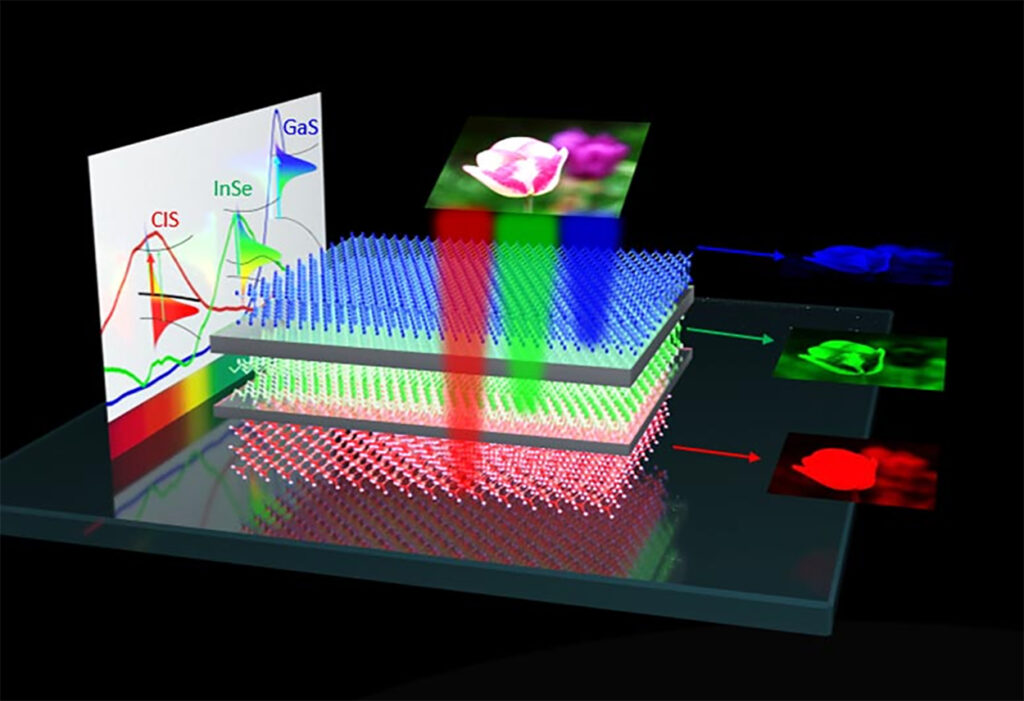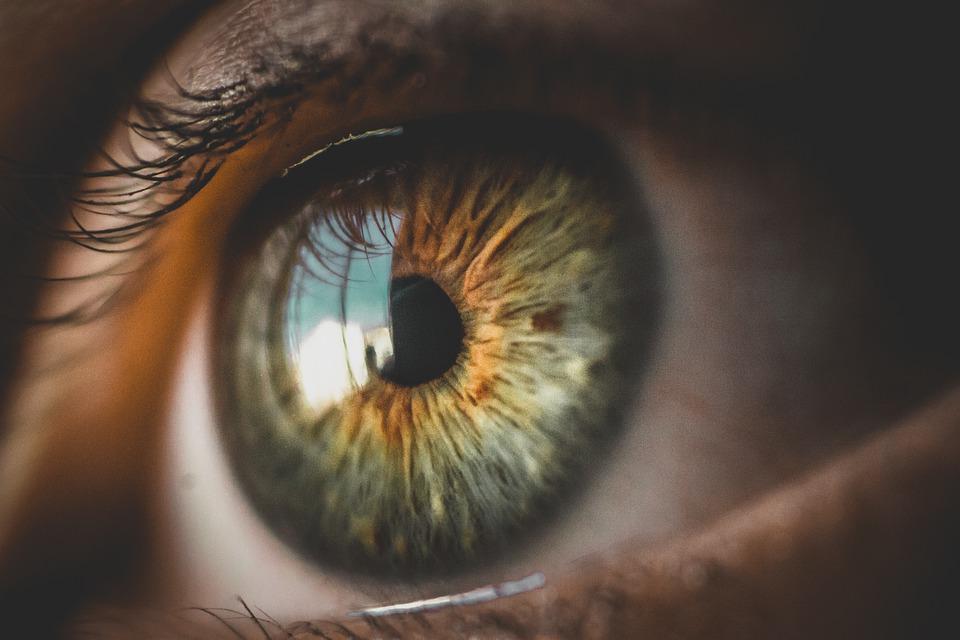Nanotechnology for Electric Eye Neuromorphic Artificial Vision Device
Many scientists continue to look for ways for blind people to see. Earlier works developed products with artificial intelligence, not to make blind people see but to help them navigate, for example, special eyeglasses, walking sticks, and shoes with sensors.
Electric eye
Georgia State University announced early in April their development of an electric eye, which can help blind people in the future. The scientists believe that they have made giant steps toward artificial vision with their pioneering work. In their report, the scientists said they developed a small electric eye that microrobots can use. But they can scale it to create artificial eyes to help the blind. The scientists developed the device using a novel scalable vertical stacking system to work at micro-levels.
The research team leader, assistant physics professor Sidong Lei, said their goal is to develop a micro-scale camera they would use as the eyes of miniature robots. These small robots could access areas that larger robots and humans could not reach.
However, they see another potential for the device. They could use the same technology and adapt it to provide blind people with vision or help colorblind people improve their color perception.
Fundamentals of the device
The researchers say that their device uses synthetic methods to simulate the biochemical processes that let humans see, which is a step closer to creating a micro-scale robot camera. The work illustrates the essential principle and the viability of developing a new type of miniature image sensor. They say that the vertical color sensing structure they adopted made precise color recognition capability possible. Moreover, it simplifies the design of the system for optical lenses.
Ningxin Li, a member of the research team, says that the new functionality they achieved in their image sensor architecture relied on the advancement of van der Waals semiconductors. Compared with the commonly used semiconductor, silicon, they can control the van der Waals (vdW) material band structure better. Controlling means forcing the materials to sense the primary colors.
The vdW materials’ characteristics include chemical stability, mechanical flexibility, and ultra-thinness, allowing the scientists to stack them in random orders.
The van der Waals semiconductors have a patent pending with Georgia State’s Office of Technology Transfer & Commercialization (OTTC). With the number of industry partners showing interest, the technology is likely to provide enormous potential for various applications in nanotechnology.
Towards the development of electric eye
The research team believes that their discovery could start the advancements to help people with vision impairment. Their technology is vital for the creation of biomimetic electronic eyes and several neuromorphic prosthetic devices, according to Ningxin Li. In the future, the functions of image recognition and high-quality color sensing can improve the perception of people who are visually impaired.
A biomimetic “electric eye” promotes color recognition, considered the most critical vision function. However, this is hard to achieve because of the difficulty of downscaling the available devices for color sensing. Likewise, the conventional color sensors use a lateral color sending channel layout. The system consumes a bigger physical space, but the color detection is less accurate.
The device, which employs a vertical color sensing structure, provides precise color recognition, which can simplify the design of the optical lens system when they downscale the system for artificial vision.
The research work continues as there are still many challenges, such as wafer-scale integration and other technical and scientific issues they must surmount.

